Gray wolf: Sacred symbol in Turkish and Roman mythology
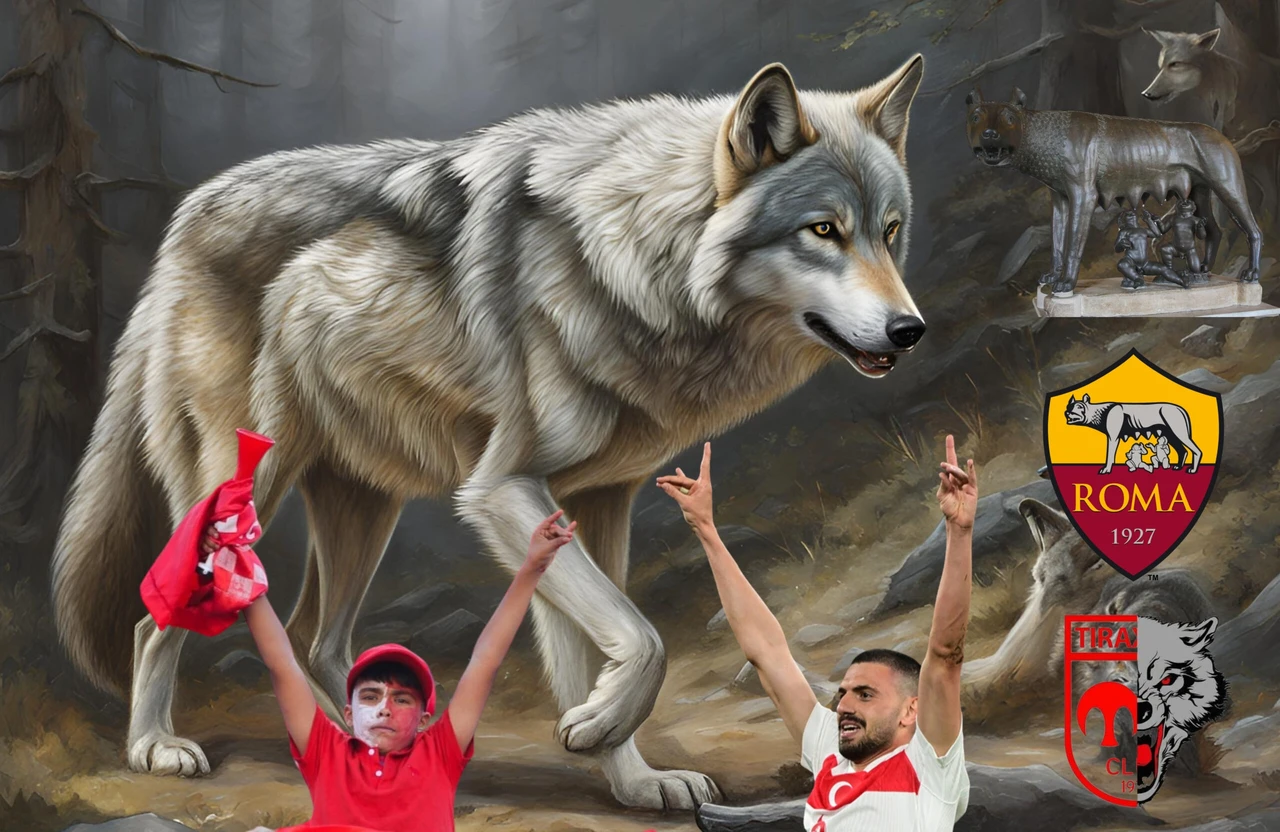 AI-powered illustaration, July 4, 2024 (Illustaration by Koray Erdogan/Türkiye Today)
AI-powered illustaration, July 4, 2024 (Illustaration by Koray Erdogan/Türkiye Today)
The gray wolf, known as “bozkurt” in Turkish and “boskord” and “pusgurt” in other languages, holds a prominent place in Turkish, Mongolian and Altai mythologies.
This sacred animal, also referred to as “bortecine,” “gokkurt,” “gokboru” or “kokboru” among Turks, symbolizes a variety of attributes, including warfare, freedom, nature, wisdom and guidance.
Gray wolf symbol’s significance for Turks
The gray wolf became a national symbol for Turks primarily due to its pivotal role in the Ergenekon Epic.
Legend tells of the Turks being imprisoned for generations within Ergenekon. A mighty blacksmith finally broke them free by melting the rock with fire. Asena, a sacred she-wolf, and Bortecine, a gray wolf, then guided them to safety.
This epic portrays the wolf as a wise leader and protector, appearing whenever the Turkish nation faces hardship
How is gray wolf depicted in different Turkish communities?
The wolf holds significant importance across various Turkish communities. Among the Tuva Turks, the wolf is considered a messenger of the gods.
The Kyrgyz Turks call their great heroes “boru” and associate the wolf with bravery and heroism.
The Qashqai Turks believe the gray wolf brings good fortune and protects their herds. Each community’s reverence for the wolf highlights its diverse roles and the shared cultural significance among Turkic tribes.
Role of gray wolf in different legends
What legends feature gray wolf?
The gray wolf, a powerful national symbol for Turks, features prominently in many epics like “Oguz Kagan”, “Migration”, “Gray Wolf” and “Ergenekon”.
In the “Oguz Kagan” epic, the gray wolf guided and provided direction to Oguz Kagan during his campaigns, leading his armies to many victories.
In the “Gray Wolf” epic, a young boy whose arms and legs were cut off and left to die was healed and nurtured by a female wolf; when enemy soldiers sought to kill the boy, the wolf took him to the Altai Mountains to save him.
In these epics, the gray wolf takes on a multifaceted role, ensuring the continuation of the Turkic lineage, guiding them through challenges and rescuing them from disasters.
These recurring themes of the wolf’s heroism have led the Turks to associate the gray wolf with freedom-loving traits, protective attitudes, bravery and a fierce refusal to submit to captivity.
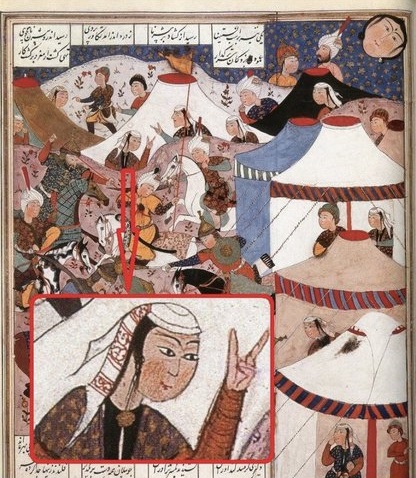
The gesture of the gray wolf was first depicted in a 10th-century miniature illustration showing Turkish women making the sign in Ferdowsi’s “Shahnameh,” an epic poem from Iran.
The symbol has been used throughout history among Turks. It is believed that many Turkish khans used this symbol to signify victory.
Several Turkic tribes, including the Huns, Kipchaks, and Pechenegs, carried this symbol westward during their migrations. It served as a mark of their heritage, signifying their identity as Turkic people.
This union results in the continuation of his lineage. In Chinese chronicles, the Wusun legend describes how a crow and a female wolf nurtured the child of the Wusun king after his father was killed. These legends underscore the wolf’s role as a savior and nurturer in various mythological narratives.
Modern-day symbolism of gray wolf
How does the gray wolf symbol manifest today?
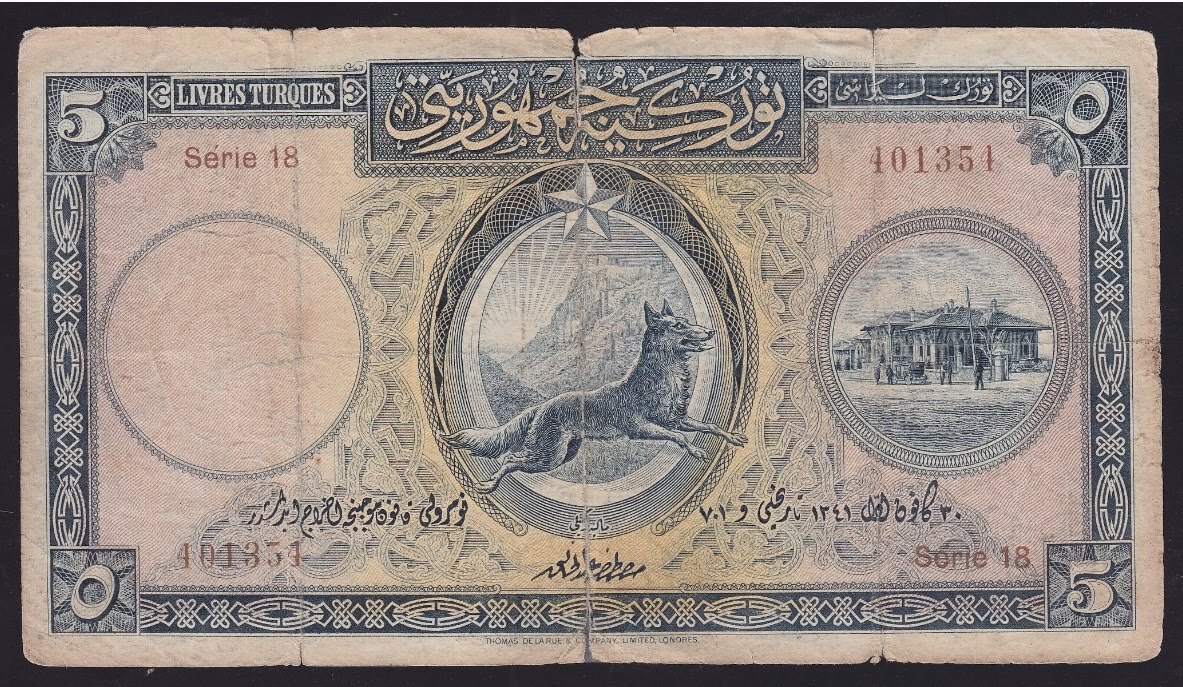

In Türkiye during the Republican era, the gray wolf symbol was used on banknotes, Turkish Parliament and official institutions and organizations.

In modern times, the gray wolf continues to be a powerful symbol. During the Euro 2024 match between Austria and Türkiye, Turkish footballer Merih Demiral’s gray wolf salute after scoring two goals led to an investigation against him.

In Iran, the Tractor Football Club’s fan group, known as the “Red Wolves,” performs the gray wolf salute during matches.
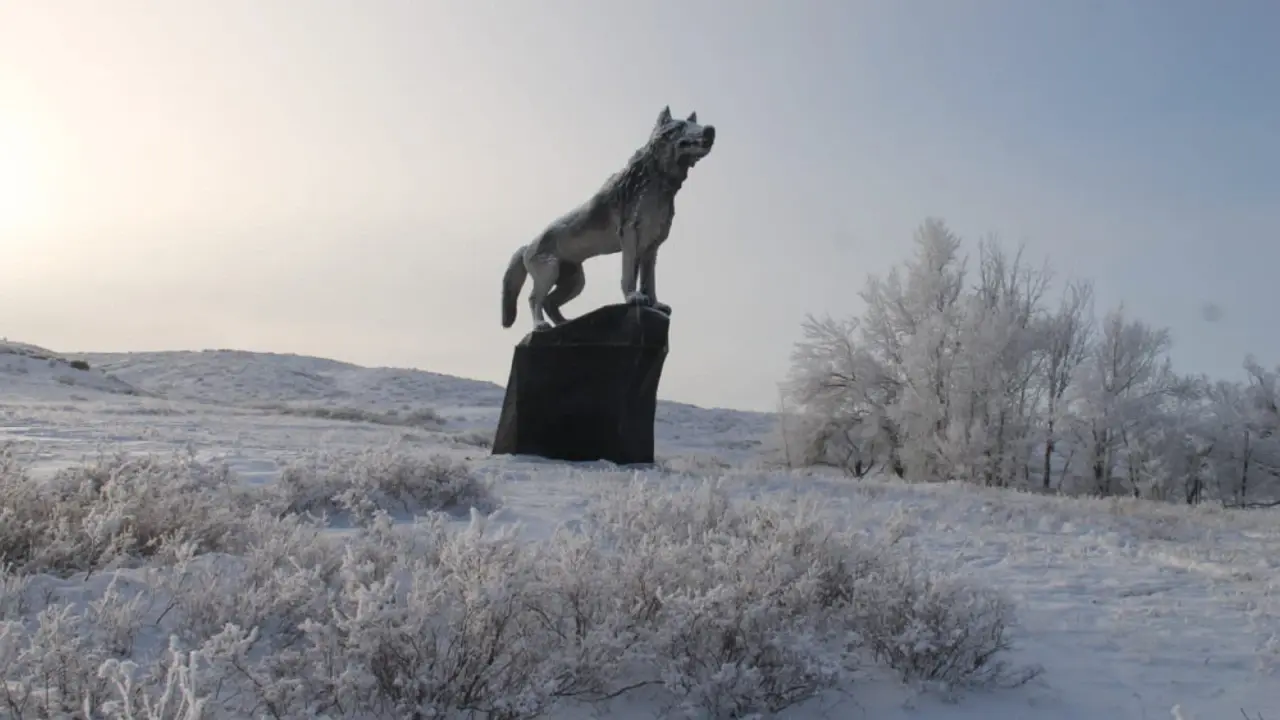
Additionally, in Kazakhstan, a giant statue of the sacred “gokkurt” (wolf) was erected in the Ulytau region, symbolizing the Gray Wolf’s enduring significance to the Turks.
She-wolf Lupa in Roman mythology
What is Roman myth of she-wolf Lupa?
A similar myth exists in Roman mythology with the she-wolf Lupa. The legend of Romulus and Remus, the founders of Rome, mirrors the Turkic “Creation Legend.”
According to Roman mythology, Romulus and Remus were born to Rhea Silvia and the god of war, Mars.
After being abandoned by their uncle Amulius and set adrift on the Tiber River, the she-wolf Lupa discovered and nursed them. Eventually, a shepherd named Faustulus and his wife, Acca Larentia, found and raised the twins.
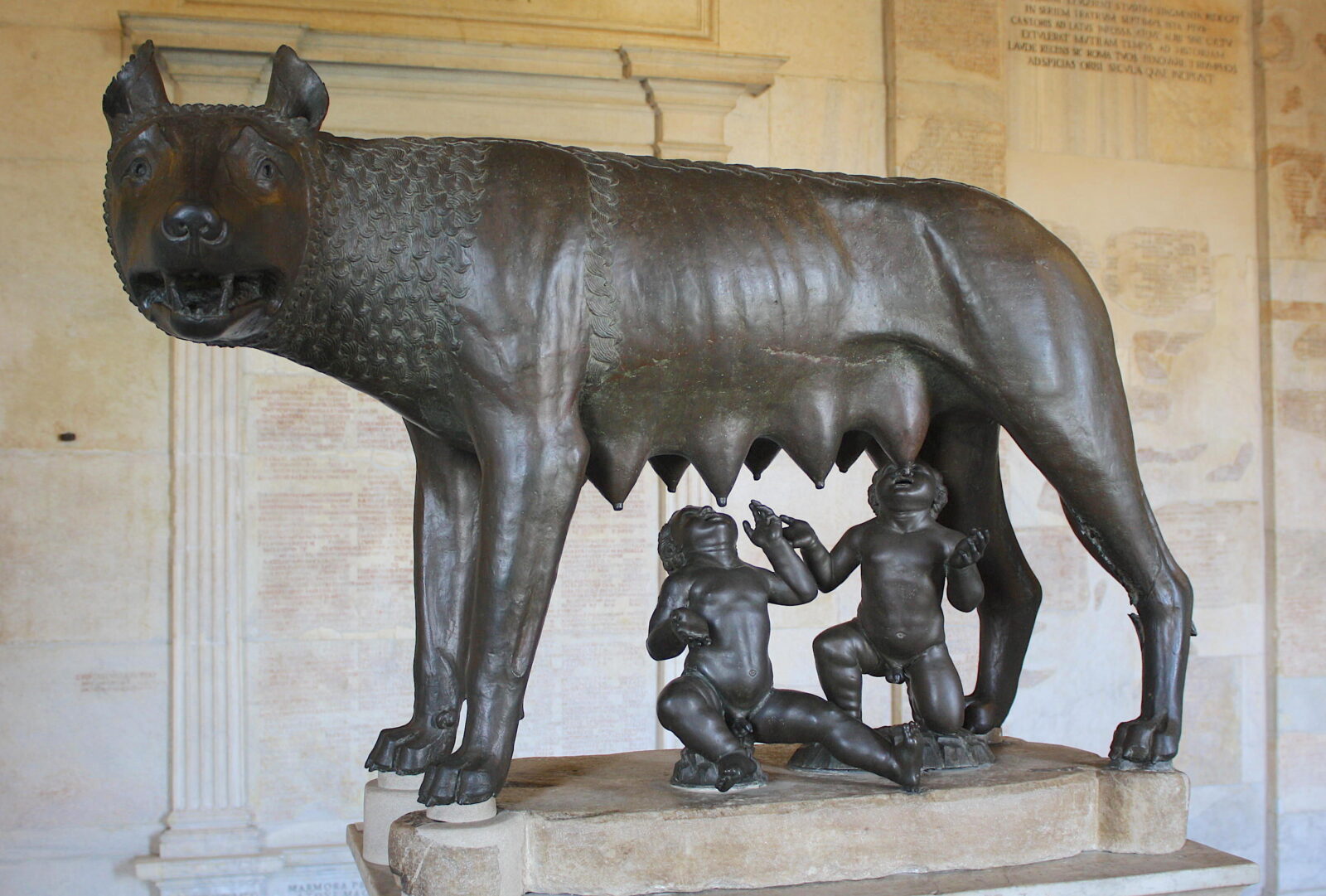
Story of founding of Rome
Romulus and Remus grew up to restore their grandfather Numitor to the throne and later sought to establish their own city. After a dispute over its location, Romulus killed Remus and founded the city of Rome, becoming its first king.


The she-wolf Lupa, who nursed them, remains an enduring symbol of protection and destiny in Roman culture. Today, Lupa, along with Romulus and Remus, is featured on the emblem of AS Roma football club. In some years, the club has chosen to depict the wolf’s head on their jerseys instead of the club logo.
The parallel between the gray wolf in Turkish mythology and the she-wolf Lupa in Roman mythology highlights the profound cultural significance and shared symbolic heritage of these sacred creatures in guiding and protecting their respective peoples.
From ancient epics to modern-day symbols, the wolf continues to hold a revered place in the hearts and minds of people across different cultures and periods.



